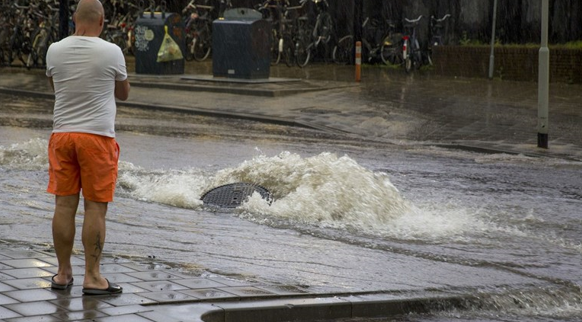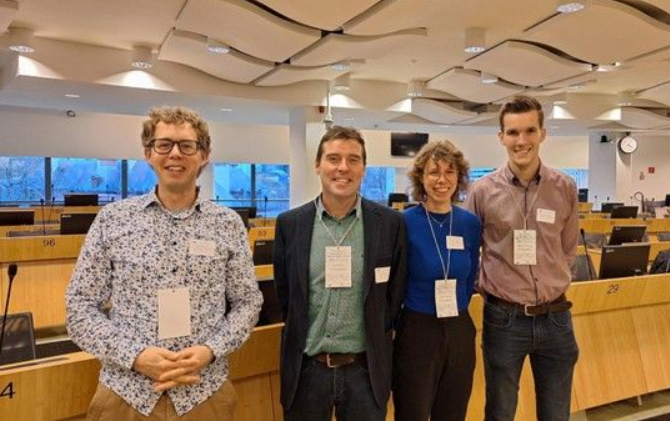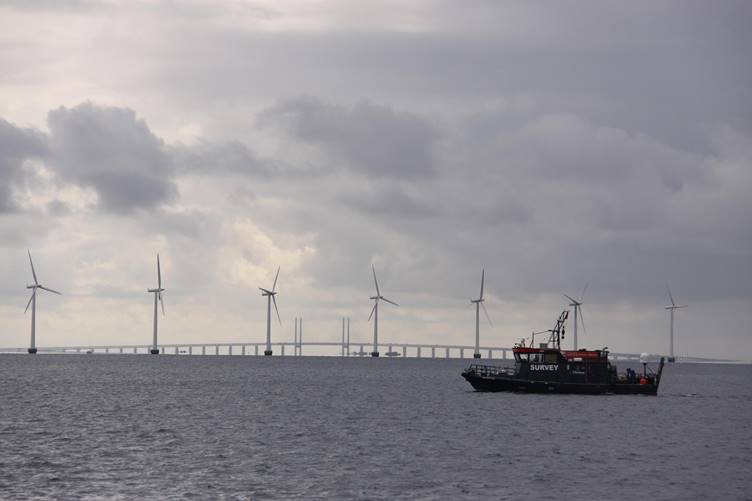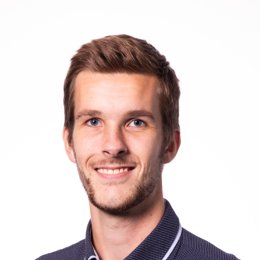As a mathematician, I work on various challenging, sustainable, and society-relevant projects.
Interview with Martijn ter Steege (alumus Applied Mathematics) by Diana Dalenoord (UT Alumni Officer).
Since 2023, I have been working as a Data Specialist at Witteveen+Bos. In this position, I advise clients, supervise projects, collect, analyse, and interpret data, help clients make data-driven decisions, develop software with Python, and look for sustainable solutions for today's challenges. My projects range from themes such as water, infrastructure, environment, and construction.
Projects I have (co)worked on include:
- Detecting propane tanks with AI
- Automating nitrogen calculations at construction sites
- Setting up an audio catalogue of underwater sounds (European project)*
- Automatic generation of reports of ProRail
- Coordinating data storage of the Wind at Sea study and setting up a platform (Ecological project for Rijkswaterstaat - Wozep)
- Analysis of sewerage for the Municipality of Twenterand*
*will be explained later
Sewerage analysis for the Municipality of Twenterand
One of the projects I worked on was the sewerage analysis for the Municipality of Twenterand. They wanted to gain insight into the condition of the underground sewer systems. By placing sensors in the pipes, we can offer detailed analyses and insights. We do this as follows:
Step 1: Data retrieval: Collecting raw data from the sensors.
Step 2: Data processing: reprocessing the raw data into usable data.
Step 3: Data validation: validating the data to ensure it is accurate and reliable.
Step 4: Visualisation: creating visualisations so that our findings are clear and understandable to all stakeholders.
By measuring everything properly, we can prevent sewage problems. The Municipality also immediately has a good idea of the state of the sewage system below ground and whether action is needed or if it is not yet an issue.

Setting up an audio catalogue of underwater sounds
During this project for the European Commission, I worked with several partners from Spain, Italy, France, Denmark and Sweden. We collected raw data of audio sounds from, for example, the Wadden Sea and the North Sea near France. After a raw data cleanup, we got usable audio sounds that we could work on. With these large data files, we compiled a valuable catalogue, or library, of recordings from shallow seas.

Jochem Boersma, Arie de Niet, Anke Hoekstra, and Martijn ter Steege (group Dynamics of Structures)
Creating an audio catalogue
For this catalogue, sound fragments were selected and categorised according to sound source. The focus is on human-induced sound, but biological (dolphins, whales) and natural sounds (waves, precipitation, earthquakes) have also been included. The fragments have been used to train an AI algorithm (via Deep Learning) that can categorise new sound fragments.

Human activities, such as fishing, shipping and wind farm construction, also create a lot of noise in shallow seas like the North Sea. Research on the effect of noise pressure on marine ecology is still in its infancy. A readily accessible and carefully curated library of sound fragments is of great value for this research. Since such a library did not yet exist, ECoSS was developed. The sound fragments have been collected, standardised, categorised, well described, and are freely available for anyone to use. ECoSS thus helps with better charting sound pressure and measures to protect coastal waters (the sea near the mainland) and the open sea (the free water column).
Collaborating with colleagues
Within these projects, you never really work alone, but always together with colleagues from different disciplines. What's extra nice is that within Witteveen+Bos I meet graduates from my course (UT - Applied Mathematics), such as Frank Klein Schaarsberg, Jochem Boersma, Maaike van de Ven, and Fleur van Alphen. Together, we work on interesting, important and challenging projects. I feel right at home here!







